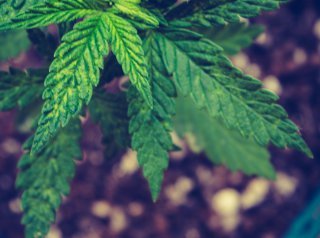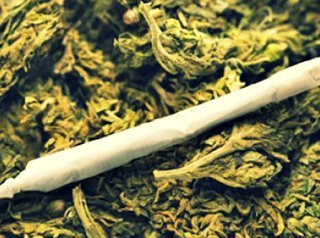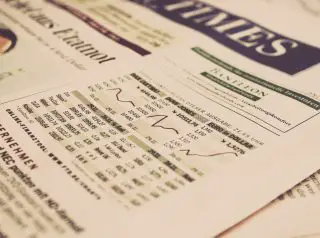
Massage therapy has been long recognized as one of the most effective treatments for relieving aches and pains along with stress and anxiety. Massages are typically given by manipulating the skin and muscles, exerting pressure using your hands and elbows. Massage therapists train by completing anywhere from 300 to 1,000 hours in an accredited program and later passing a nationally-recognized exam to get their license. When performing therapeutic massages, you’ll use the ideal amount of pressure that relaxes the patient without causing soreness. Here are some additional tips you’ll find helpful.
Page Content
Choose the Right Massage Oil
The right massage oil typically depends on the kind of therapy you’re providing. The objective behind using oils is to reduce friction and allow your fingers to move easily over the skin. However, the right components can enhance the effects of the treatment. For instance, you’ll use lighter oils for treating sports-related injuries or for deep tissue massages. These oils get absorbed into the skin quickly. Heavier oils containing aromatherapy essential oils are designed for relieving stress and anxiety. Massages are also great for improving skin texture and taking away dryness. Accordingly, you’ll pick out products like a CBD massage oil, coconut oil, shea butter, and eucalyptus oil known for its diverse benefits.
Long, Gliding Strokes or Effleurage Massage
Most therapists start with this stroke and usually end with it before moving on to the next body section. Effleurage is also used to apply massage oil or lotion on the skin. You’ll use one or both hands starting at the base and moving upward in long strokes. This motion will help you identify the tightness and trigger points that you need to work on. When massaging the back, you’ll place your hand face down at the lumbar region and move upward. But, if you’re working on the forearms, you’ll use just the fingers starting at the wrist and lengthen the strokes to reach the upper arm.
Kneading Motions or Petrissage Massage
Once you’ve identified the problem areas that need loosening, you’ll move on the petrissage strokes. These motions include lifting the soft tissues, squeezing, and kneading them with your hands. You’ll also use wringing and rolling motions to stimulate the flow of blood and lymph into the affected areas to speed up the healing process. Petrissage is typically a part of deep tissue therapy to treat an injury in the lower sections of the tissues.
Heating Strokes or Frictioning Massage
The objective behind this motion is to heat the muscles and tightened tissues. The appropriate amount of pressure will depend on the client’s tolerance levels. When applying pressure, you’ll stroke in the direction of the muscle fibers or against the fibers for cross-fiber frictioning. Circular motions can also stimulate heat.
Rhythmic Motions or Tapotement Massage
Tapotement or the percussive massage stroke is a technique by which you’ll apply a rhythmic action to the treatment area. You can use the palms of your hands or interlaced fingers to stimulate the muscles and nerves. Soft fists and cupped hands are also effective in encouraging blood flow for healing and relaxation.
Vibrations
Vibrating the tissues helps lower the stress in the muscles and promotes relaxation. This can be done by shaking or rocking the arms, legs, or other treatment areas slowly or quickly, depending on the results you wish to get.
Understanding the specific pressure points to target during the massage session is an essential part of your training as a massage therapist. You’ll also learn how to create the perfect setting with aromatherapy and diffused lighting to enhance your client’s experience and get the best results from the session.





